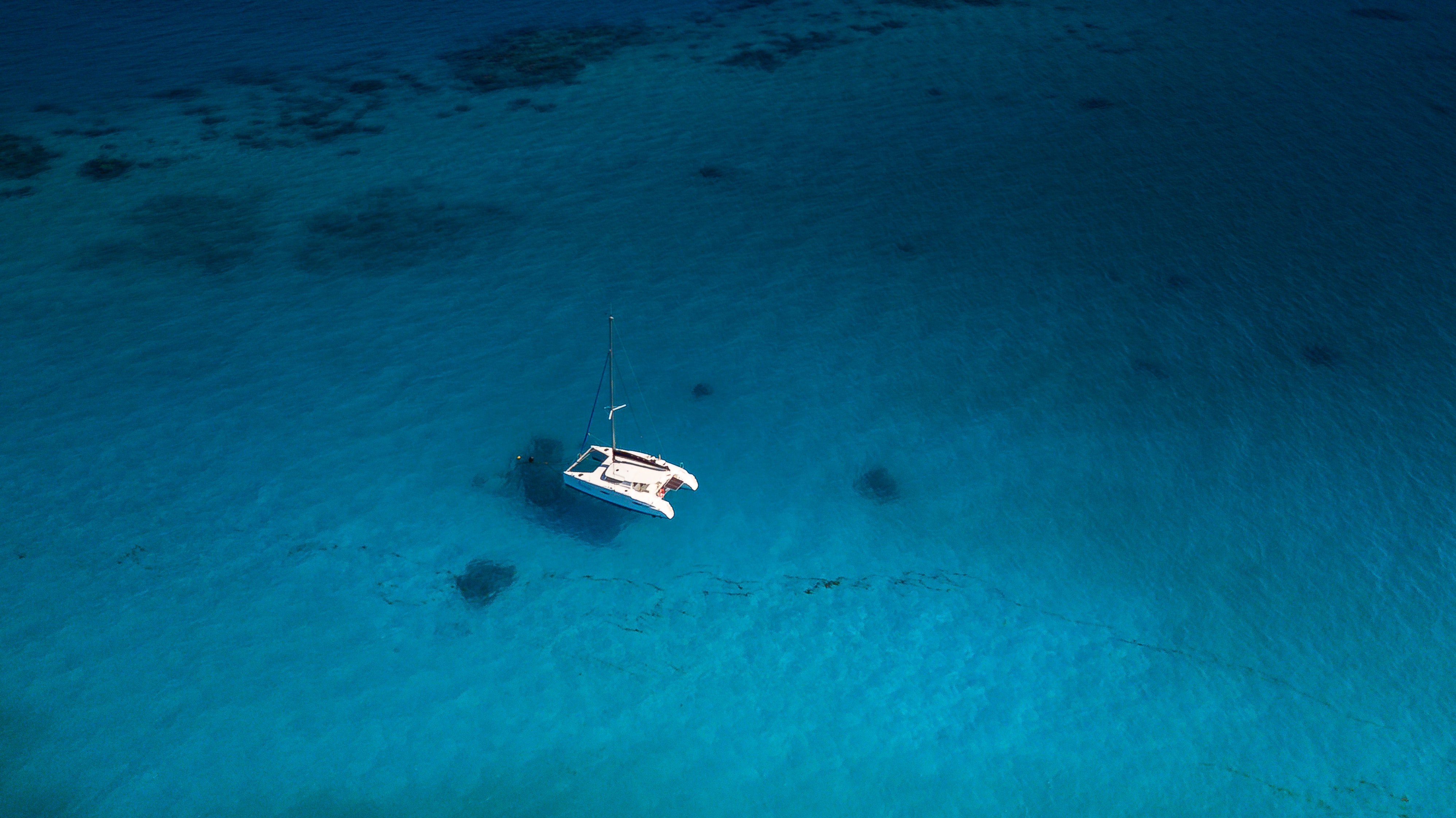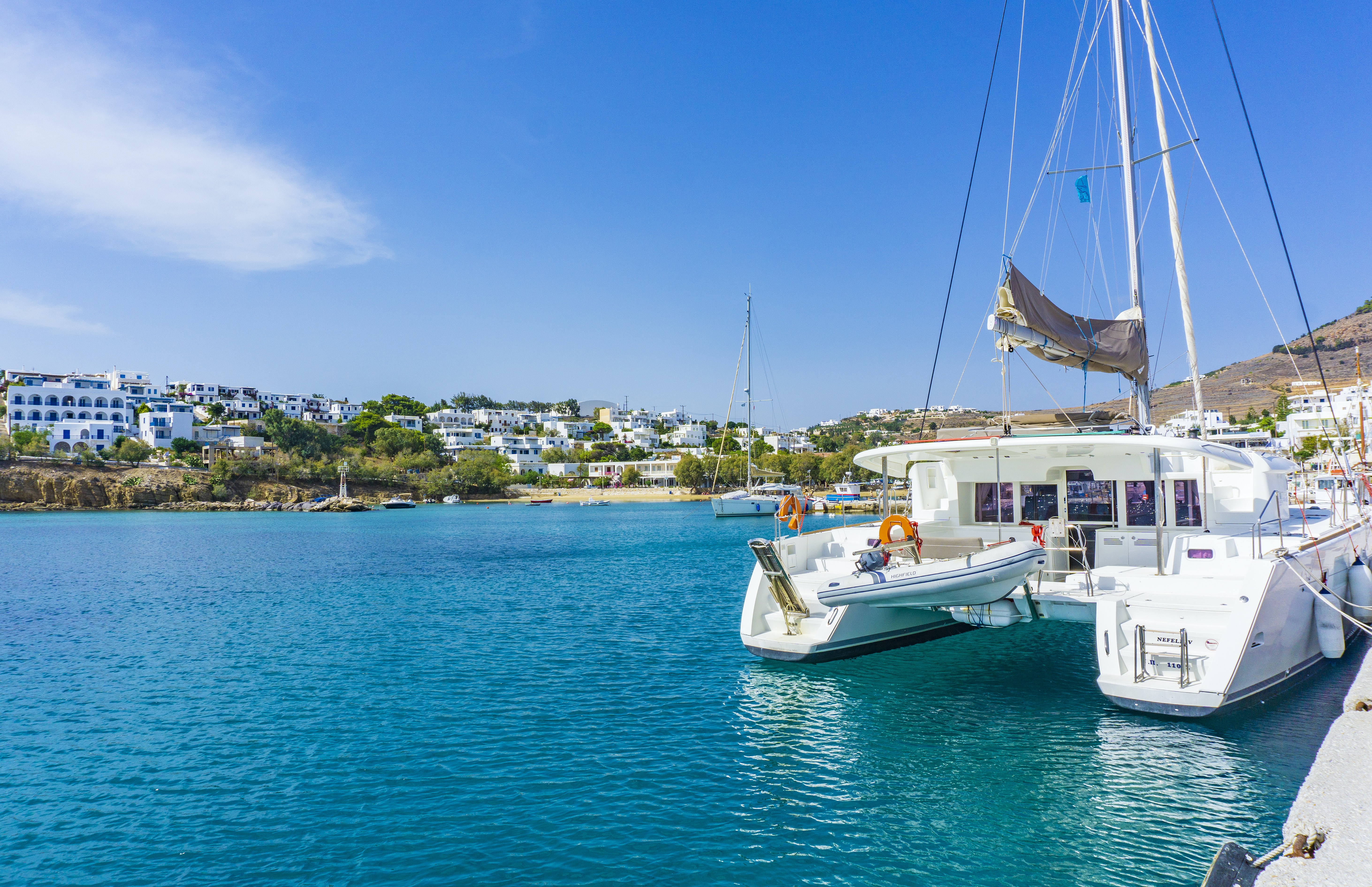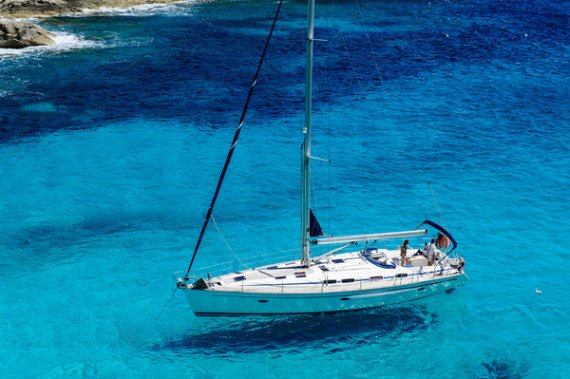
If you're looking to experience the freedom and excitement of sailing, then you may have come across the term 'catamaran.' But what exactly is a catamaran, and what makes it unique? In this comprehensive guide, we'll explore the basics of catamarans, from their design to their advantages and disadvantages, and everything in between.
Table of Contents
-
What is a Catamaran?
-
A Brief History of Catamarans
-
Catamaran Design: Key Features
-
Advantages of Catamarans
-
Disadvantages of Catamarans
-
Types of Catamarans
-
How to Choose the Right Catamaran for You
-
Popular Catamaran Brands
-
How to Sail a Catamaran
-
Maintaining a Catamaran: Tips and Tricks
-
Common Catamaran Terminology
-
Catamaran vs. Monohull: Which is Better?
-
Catamaran Safety: What You Need to Know
-
Frequently Asked Questions (FAQs)
-
Conclusion
A catamaran is a type of boat or yacht that has two parallel hulls, connected by a platform or deck. The word 'catamaran' comes from the Tamil word kattumaram, which means 'logs bound together.' In essence, a catamaran is a boat that is made up of two logs (or hulls) bound together by a deck.
A Brief History of Catamarans
The history of catamarans can be traced back to ancient Polynesia, where they were used for fishing, transportation, and exploration. The Polynesians built their catamarans using local materials such as coconut palm and bamboo, and they were designed to be stable, fast, and maneuverable.
In the 17th century, European explorers encountered catamarans in Polynesia and were impressed by their performance. However, it wasn't until the 20th century that catamarans began to gain popularity in the Western world. In the 1950s, American sailor Walter Greene developed the first modern catamaran, which featured a lightweight aluminum frame and a trampoline-like deck.
Catamaran Design: Key Features
Catamarans have several key features that set them apart from other types of boats. These include:
-
Two parallel hulls: The most distinctive feature of a catamaran is its twin hulls, which are connected by a deck. This design provides stability and allows the boat to move through the water with less resistance than a single-hulled boat.
-
Shallow draft: Catamarans have a shallow draft, which means they can operate in shallow waters where other boats can't go.
-
Wide beam: Catamarans have a wide beam (or width), which provides more space for living quarters, storage, and deck space.
-
Reduced heeling: Because a catamaran has two hulls, it doesn't heel (or tip) as much as a single-hulled boat, making it more comfortable to sail.
Advantages of Catamarans
There are several advantages to sailing a catamaran, including:
-
Stability: The twin-hull design of a catamaran provides excellent stability, even in rough seas.
-
Speed: Catamarans are faster than most other types of boats, thanks to their narrow, streamlined hulls.
-
Comfort: Because a catamaran doesn't heel as much as a single-hulled boat, it is more comfortable to sail, even in choppy conditions
-
Space: The wide beam of a catamaran provides plenty of space for living quarters, storage, and deck space.
-
Shallow draft: Catamarans have a shallow draft, which allows them to navigate in shallow waters, opening up more opportunities for exploring.
Disadvantages of Catamarans
Despite their many advantages, catamarans also have a few disadvantages, including:
-
Price: Catamarans tend to be more expensive than single-hulled boats, making them less accessible to some sailors.
-
Docking: The wide beam of a catamaran can make docking in some marinas and harbors more challenging.
-
Maintenance: The twin-hull design of a catamaran requires more maintenance than a single-hulled boat, including cleaning the space between the hulls.
Types of Catamarans

There are several types of catamarans, including:
-
Sailing catamarans: These are the most common type of catamaran and are designed primarily for sailing.
-
Power catamarans: These catamarans are designed to be powered by engines rather than sails, making them ideal for cruising or fishing.
-
Racing catamarans: These catamarans are designed for speed and performance and are used primarily for racing.
-
Luxury catamarans: These catamarans are designed for comfort and luxury, with spacious living quarters and high-end amenities.
How to Choose the Right Catamaran for You
Choosing the right catamaran can be a daunting task, but there are several factors to consider, including:
-
Intended use: What will you primarily be using the catamaran for? Sailing, cruising, racing, or fishing?
-
Budget: How much are you willing to spend on a catamaran?
-
Size: How many people will be aboard the catamaran? Will you need additional living quarters or storage space?
-
Experience: What is your level of experience with sailing or boating?
Popular Catamaran Brands
There are several popular catamaran brands on the market, including:
-
Lagoon: Lagoon is a French company that produces high-quality, luxury catamarans.
-
Fountaine Pajot: Fountaine Pajot is another French company that produces a range of catamarans for sailing and cruising.
-
Leopard: Leopard is a South African company that produces affordable and high-performance catamarans.
-
Nautitech: Nautitech is a German company that produces high-performance catamarans for racing and cruising.
How to Sail a Catamaran
Sailing a catamaran is similar to sailing a single-hulled boat, but there are a few key differences to keep in mind, such as:
-
Steering: A catamaran is steered using two rudders, one on each hull.
-
Sailing position: When sailing upwind, it's important to keep the weight of the crew on the leeward (downwind) hull to maintain stability.
-
Tacking and jibing: Tacking (turning the boat through the wind) and jibing (turning the boat with the wind) require slightly different techniques on a catamaran than on a single-hulled boat.
Maintaining a Catamaran: Tips and Tricks
Maintaining a catamaran requires regular cleaning, maintenance, and inspections to ensure that it stays in good condition. Some tips and tricks for maintaining a catamaran include:
-
Cleaning the space between the hulls regularly to prevent the buildup of dirt and debris.
-
Inspecting the rigging, sails, and engines regularly for signs of wear and tear.
-
Keeping the boat covered when not in use to
protect it from the elements.
-
Using high-quality marine-grade materials for repairs and replacements.
-
Following a regular maintenance schedule to ensure that all systems are functioning properly.
Conclusion
In conclusion, a catamaran is a unique and versatile type of boat that offers many advantages over single-hulled boats. With their stability, speed, and spacious living quarters, catamarans are a great choice for sailors and boaters who want to explore the open seas in comfort and style. However, they do have a few disadvantages, such as their higher price and the need for more maintenance. By considering your intended use, budget, and level of experience, you can choose the right catamaran for your needs and enjoy all the benefits that this type of boat has to offer.
FAQs
-
How fast can a catamaran go?
A: Catamarans can reach speeds of up to 30 knots or more, depending on the size and design of the boat.
-
How many people can a catamaran accommodate?
A: Catamarans can range in size from small, two-person boats to large, luxury vessels that can accommodate up to 20 people or more.
-
What is the difference between a catamaran and a trimaran?
A: A catamaran has two hulls, while a trimaran has three hulls.
-
Can you fish from a catamaran?
A: Yes, many catamarans are designed for fishing, with features such as rod holders, fishing chairs, and live wells.
-
Are catamarans more stable than single-hulled boats?
A: Yes, catamarans are more stable than single-hulled boats due to their wide beam and twin-hull design.

